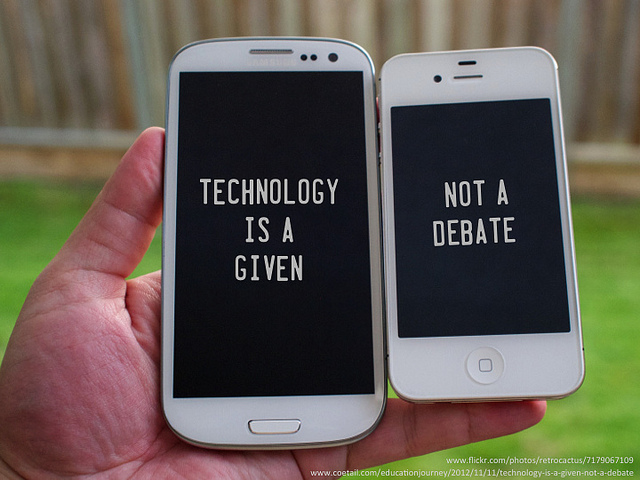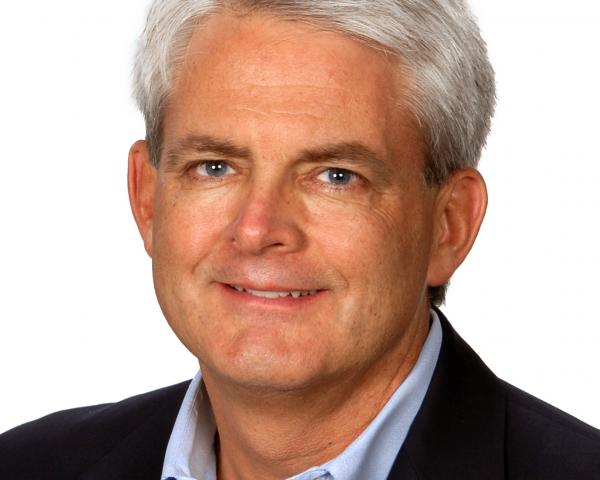Tokio Marine shows how to make the transition from periodic sales and service to a continuous relationship with customers.
Much has been written about the promise of digital technology to change insurance. But what does this mean in practical terms? Can digital technology reshape traditional patterns of engagement between insurers and their customers that have existed for decades (or centuries)? Can technology create a value proposition that avoids a zero sum game and benefits both insureds and insurers simultaneously?
This post identifies three major opportunity areas for insurance and describes what one insurer, Tokio Marine & Nichido Fire Insurance, has delivered to make the transition to a digital insurance platform.
Consumer expectations are increasingly being conditioned by the best practices found on sites such as Amazon, PayPal and eBay. Compared with these experiences, the traditional insurance process presents insurers with a number of challenges. Three problematic areas are:
- Buying is periodic: In the majority of sales, insurance is purchased infrequently. In some lines of business, such as life insurance, it may only be bought once (and used only once!). In personal lines, annual or semiannual renewals are automated, and a customer may never speak with an agent or a representative of an insurer. This lack of contact limits the opportunity for a distributor or an insurance company to establish a significant relationship with a customer and personalize the buying experience.
- Risk is poorly managed: Sales may be periodic, but risks are continuous. Business conditions and lifestyles change over time, and specific products, limits and coverages should be introduced at strategic times to respond appropriately. Changes in conditions – when a contractor offers a new type of construction, or a commuter in a dense metro area begins working from home and parks his automobile – need to be identified immediately and responded to appropriately. In an ideal insurance scenario, risks are managed on a continuous basis. However, in the current model, active risk management is a high-touch, high-cost service. Low premiums on products such as small business insurance provide little incentive for agents to service the risk management needs of customers appropriately. As a result, too often, insureds unintentionally self-insure. Many a claim submission includes the comment, “I have insurance; I thought I [or my business] was covered!”
- Payment, not avoidance, is the focus: The best loss is the one that is avoided altogether. However, the core of most traditional insurance products is to compensate an insured financially for a loss caused by a covered peril. This results in an emphasis on paying claims, not avoiding losses. While insurers are very familiar with the typical causes of loss, their customers generally are not aware of how their day-to-day behavior affects their loss exposure. Consumers and business owners do not typically evaluate their behaviors, lifestyles, operations or choices in light of loss potential and, thus, participate in behaviors that expose them to loss. For example, individuals choose to post vacation pictures on public forums such as Facebook, which increases their exposure to theft at their vacant home.
Tokio Marine & Nichido Fire Insurance (TMNF) began addressing the periodic sales challenge in 2010 by moving to a more continuous delivery platform. Offering personal lines insurance in the Japanese market, the company found that its traditional products did not allow it to sell to clients on a frequent basis. To change this dynamic, the company combined new technology with updated insurance products to fundamentally change the traditional process of customer engagement. The company developed a series of one-time, short-term insurance solutions that addressed targeted needs such as travel, skiing and one-day automobile insurance. The company partnered with a leading telecommunication provider, NTTdocomo, to sell these on mobile telephones. The buying experience requires very little customer input of information (because the phone company has most of the required demographic information), and payment for the policy is part on the next phone bill. Over time, the product set has expanded into health coverages and now takes advantage of continuous health tracking technology. These make wellness recommendations to users on a daily basis and has helped TMNF make the transition from a periodic insurance provider to an active participant in its customers’ lives.
Leading insurers are beginning to discover how to innovate with technology and product to change traditional trade-offs and deliver higher-value solutions to their customers. In subsequent posts, some solutions to the challenges of suboptimal risk management and loss avoidance will be detailed.








